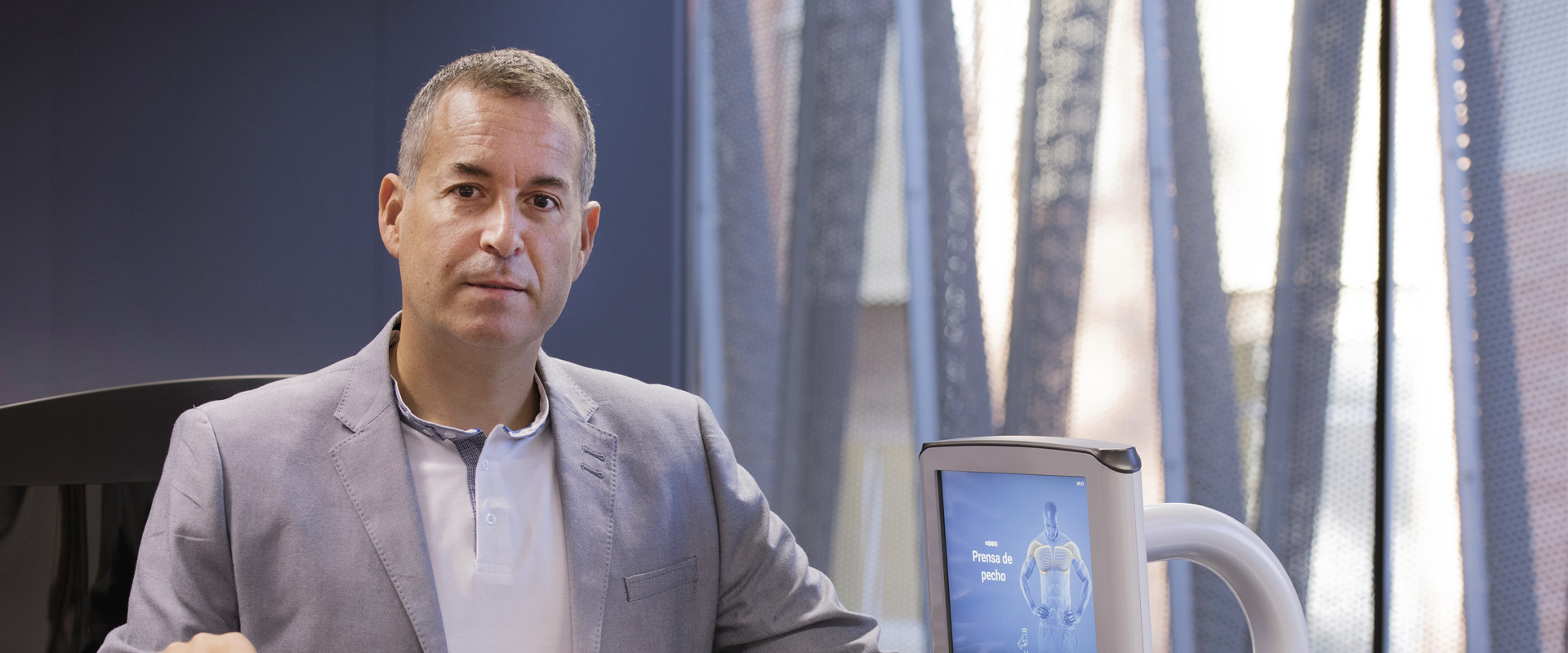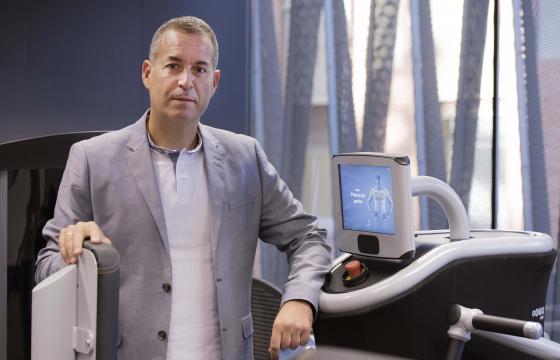
Strength training routine improves cardiovascular health through ‘non-traditional mechanisms,’ UPNA expert says
- Loss of muscle mass and strength is one of the neglected risk factors of cardiovascular disease. However, physical exercise can prevent it, according to the paper published by Mikel Izquierdo in Nature Reviews Cardiology.
Regular physical exercise (in particular, strength training) ‘can improve cardiovascular health through non-traditional mechanisms’, for instance, through the release of muscle-derived myokines and the promotion of a healthy gut microbiota (microorganisms that reside in the gastrointestinal tract). Understanding the benefits of exercise for all the organs and systems of the human body ‘could thus lead to the adoption of novel therapeutic approaches for cardiovascular disease’. The study, co-authored by Mikel Izquierdo, was published in Nature Reviews Cardiology of Springer Nature Group. Izquierdo is a Professor at the Medical Sciences Department of the Public University of Navarra (UPNA) and a researcher at Navarrabiomed (the joint biomedical research centre of the Government of Navarra and the Public University of Navarra). The coordinator of the study was Professor Alejandro Lucía Mulas from Universidad Europea de Madrid.
‘Loss of muscle mass and strength is one of the “neglected” risks of cardiovascular disease,’ says Mikel Izquierdo, Head of the Physical Exercise, Lifecycle, Active Ageing and Health (E-FIT) research group and a member of Navarra Medical Research Institute (IdiSNA). However, ‘it can be reversed with strength training, even in old age.’
The paper’s authors, who work in universities, health centres and research institutes from the United States, Spain, Portugal and Sweden, highlight that exercise should be considered as a ‘medicine for cardiovascular disease’. ‘Unlike most drugs, exercise does not have side effects, and its benefits are, to some degree, dose-dependent,’ so once people get used to it, they can gradually increase the frequency of physical activity.
Lesser-known benefits of physical activity
According to the team that conducted the study, ‘despite the enormous potential of exercise and strength training for regaining health, reducing the effects of ageing on muscle mass and improving cardiovascular function, it is a rare component of clinical treatments.’ They argue, therefore, that a holistic view of all body systems is necessary and useful when analysing the role of exercise in cardiovascular health.’ Approaches to cardiovascular disease should not take the cardiovascular system (heart, blood vessels, blood) as separate from other organs like skeletal muscle or gut microbiota. In addition to the cardiovascular system, they should consider the ‘interaction between the heart and blood vessels with other tissues, including skeletal muscle, fat, and even the intestine, and also from different perspectives, such as the epidemiologic, the physiological and the molecular.’ This holistic view ‘could help health professionals understand the importance of prescribing physical activity.’


